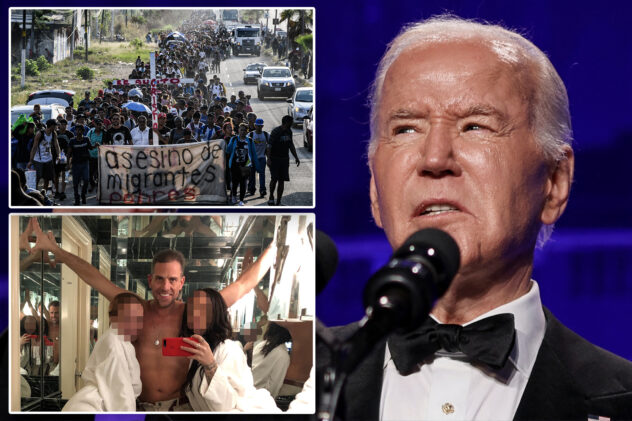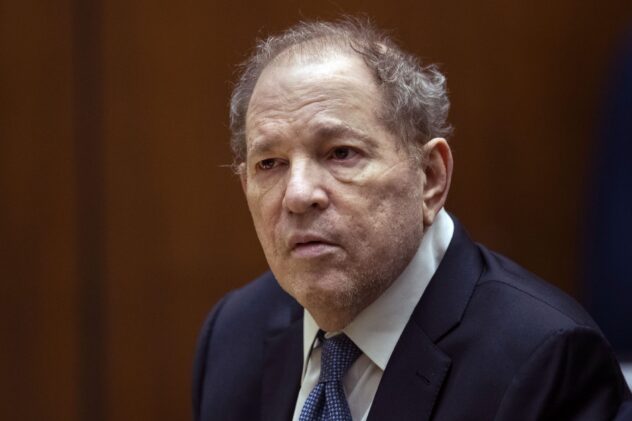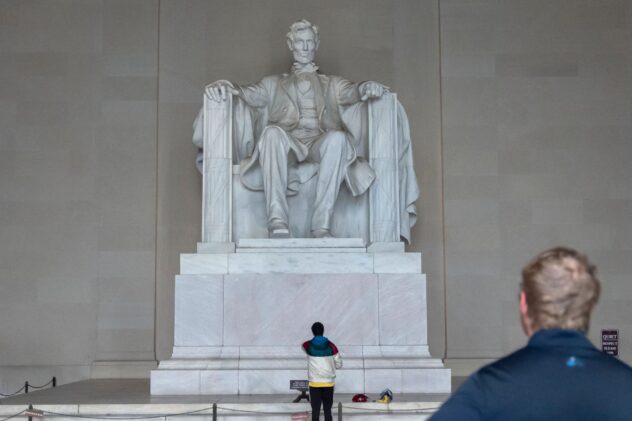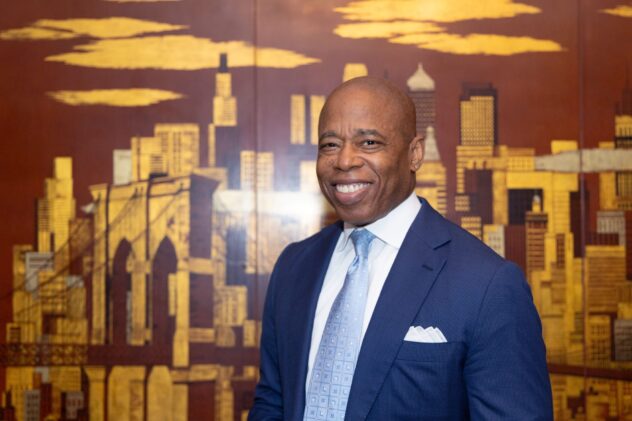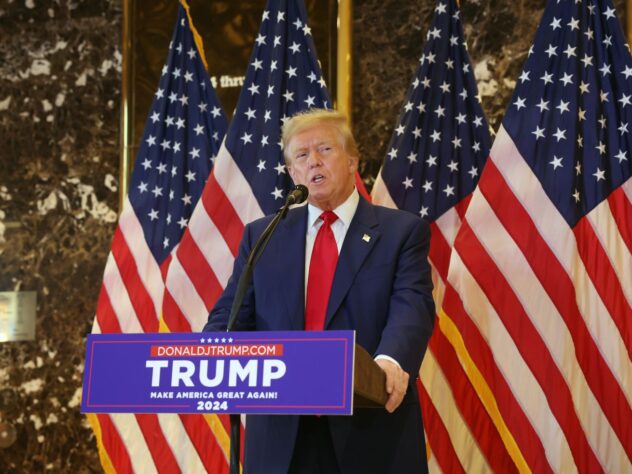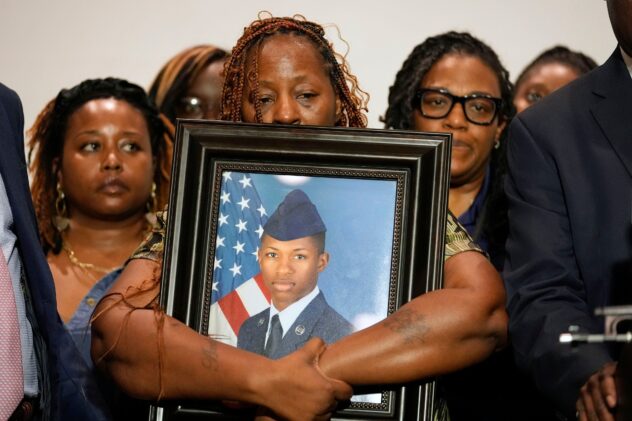America’s classrooms are finally embracing financial literacy

Stuyvesant High School in lower Manhattan recently began offering a yearlong personal-finance course to its students. It’s the only one of its kind in the New York City public-school system and one of the few available to students nationwide.
Although many US schools touch upon financial literacy concepts at some stage — and many states mandate finance courses in some form to graduate — yearlong programs are largely unheard of.
This has got to change, and fast: According to an April report from the National Financial Educators Council, financial illiteracy is now an epidemic — and a pricey one at that.
In 2022, the NFEC estimated that a lack of financial knowledge cost the average American $1,819 in annual personal finance errors — that’s a total of over $436 billion per year nationwide.

Worryingly, financial illiteracy only appears to be getting worse, particularly with younger generations far less financially savvy than their older counterparts.
Take millennials — a decade ago, they mostly viewed themselves as confident and financially competent. However, a report published by The People’s Federal Credit Union (TPFCU) last year clearly shows they are anything but.
The report detailed the imbalance between millennials’ financial knowledge and their financial behavior. This imbalance is what the authors call a “financial literacy gap.”

Around two-thirds of millennials have at least one form of long-term debt, and almost one-third have more (if not far more). Last year, some 30% of millennials with checking or savings accounts frequently overdrew their account balances, spending considerably more than they made, the report noted.
Roughly 50% of millennials are “financially unprepared to handle unexpected needs” and have zero savings set aside for emergencies. And let’s not forget that $1.6 trillion in outstanding student debt that will will soon come due.
Little wonder more than half feel they’re drowning in a sea of debt and many believe that the school system failed to prepare them to handle their finances as adults.
Millennials are bad, but the generation after them, Gen Z, is even worse.

In fact, as researchers at the TIAA Institute and the Global Financial Literacy Excellence Center (GFLEC) at the George Washington University (GW) School of Business have shown, Gen Z has the lowest financial literacy of all generations. Just as worrisome, an increasing number of Gen Zers are turning to TikTok for guidance.
Saddled by student debt — made worse by record numbers of Gen Zers quitting their jobs — self-styled “financial influencers” are all the rage. More than half of Gen-Zers admit they use TikTok to help manage their money — often following advice they find with few efforts at actual fact-checking.
And the trend is only expected to get worse.

According Annamaria Lusardi, the director of GWU’s Global Financial Literacy Excellence Center: “Until financial education is offered in schools, institutions of higher education and workplaces, we will continue to see generations of adults struggling with their personal finances.”
Furthermore, we should expect to see an increasing number of young people turning to influencers of questionable merit for advice.
In addition to sizable financial costs, financial illiteracy is also associated with a host of mental health problems, including anxiety, depression, and an increased risk of suicide.
A 2020 study published in the American Journal of Epidemiology indicated that people who had recently experienced severe financial strain had a 20-fold higher risk of attempting to end their lives than those who had not.
This brings us back to Stuyvesant High School. To combat the growing crisis, courses such as those offered at Stuyvesant must not merely be introduced – but become mandatory nationwide. At a time when the nation itself is literally drowning in debt, Americans must be taught financial literacy from an early age.

Sadly, modern day education is many things today, but practical is not one of them.
This could soon change thanks to recent news that the House Education Committee has advanced a bill requiring all American high school students to take a financial literacy course starting with the 2026 and 2027 graduating classes.
In the meantime, rather than offering coursework that’s historically fractious — such as the 1619 Project –or biologically inaccurate, like gender studies, how about teaching children something of actual worth? A more financially literate population means a healthier and stable America — a nation with an equal appreciation for cents and sense.

